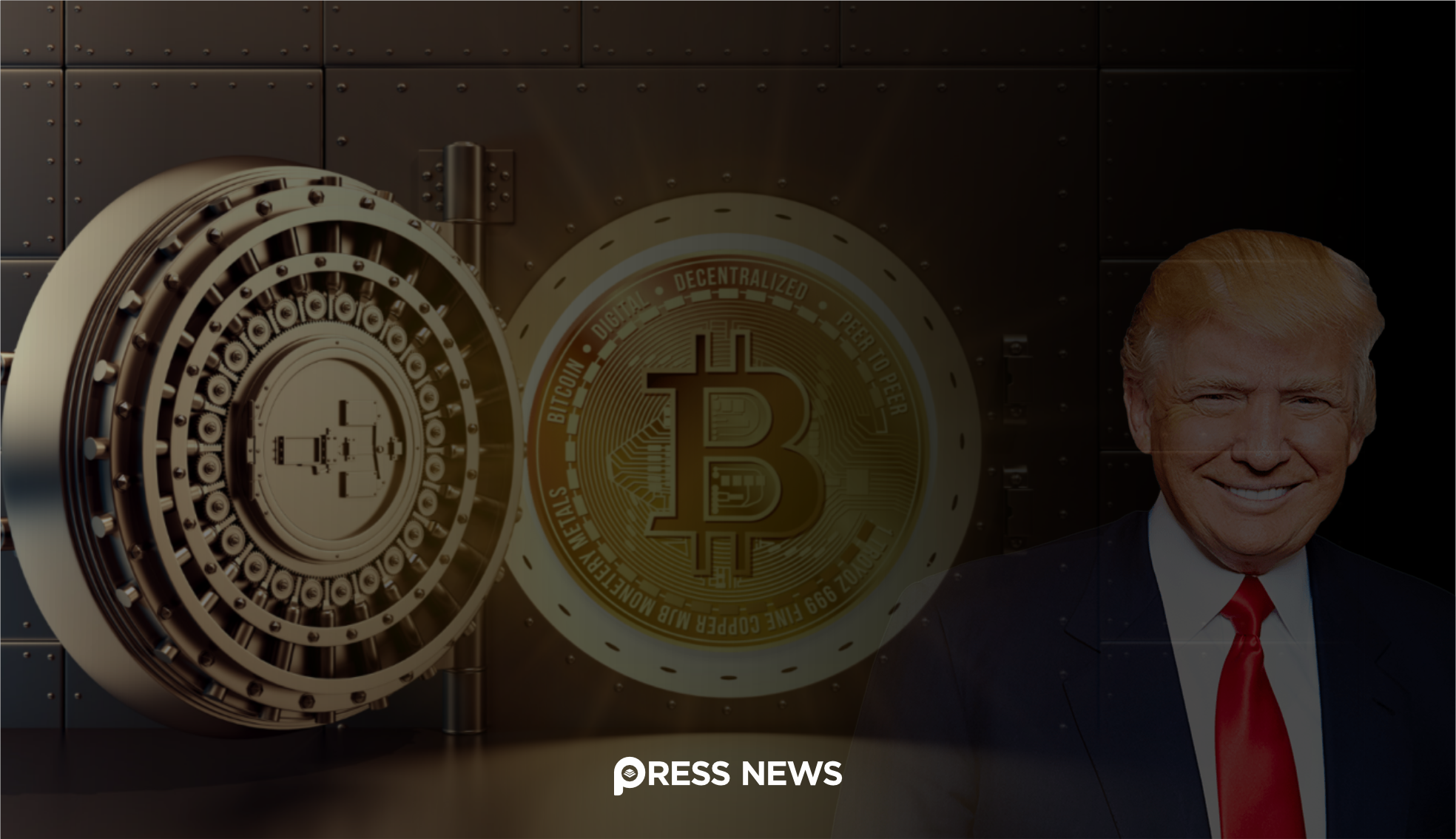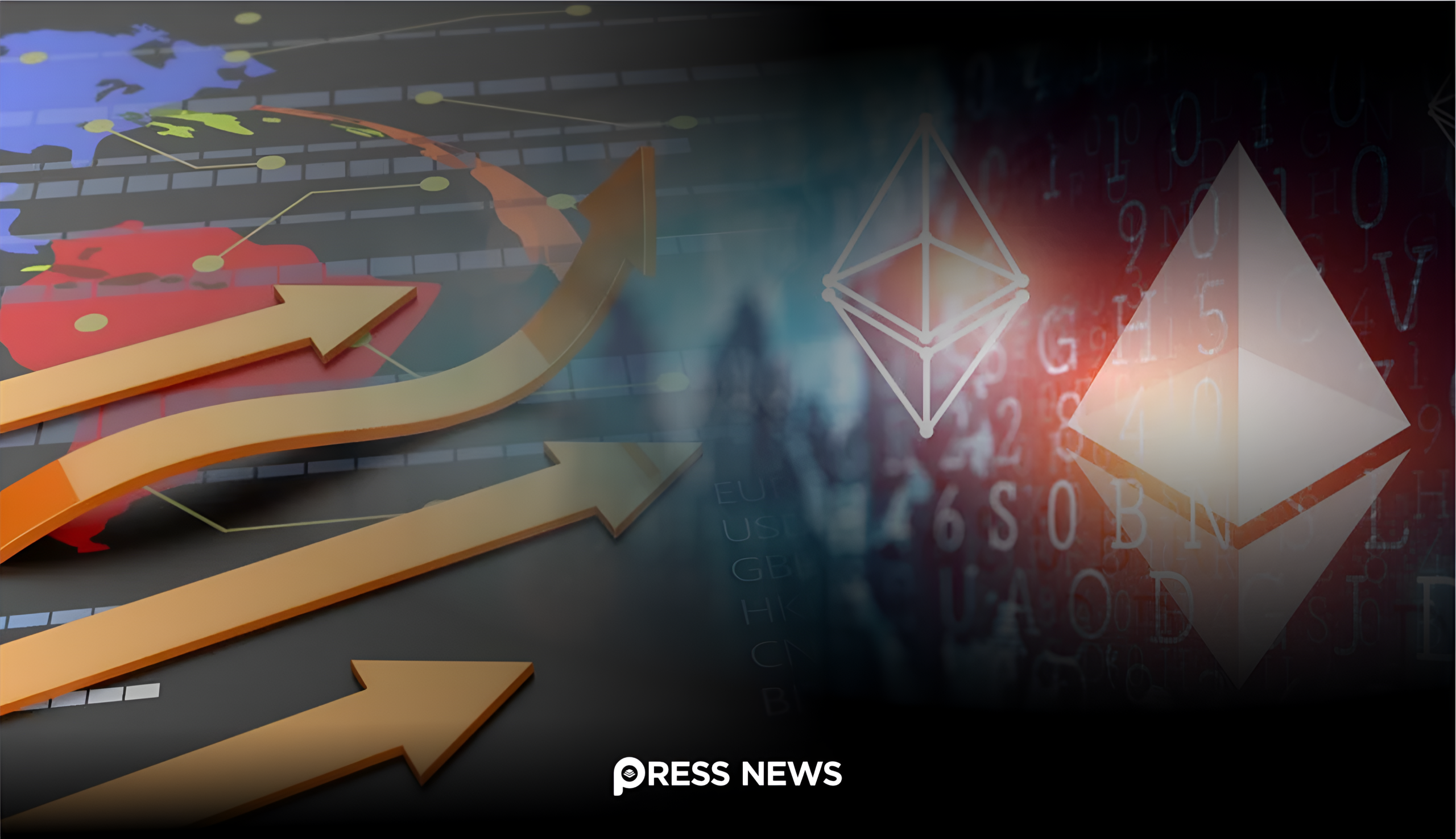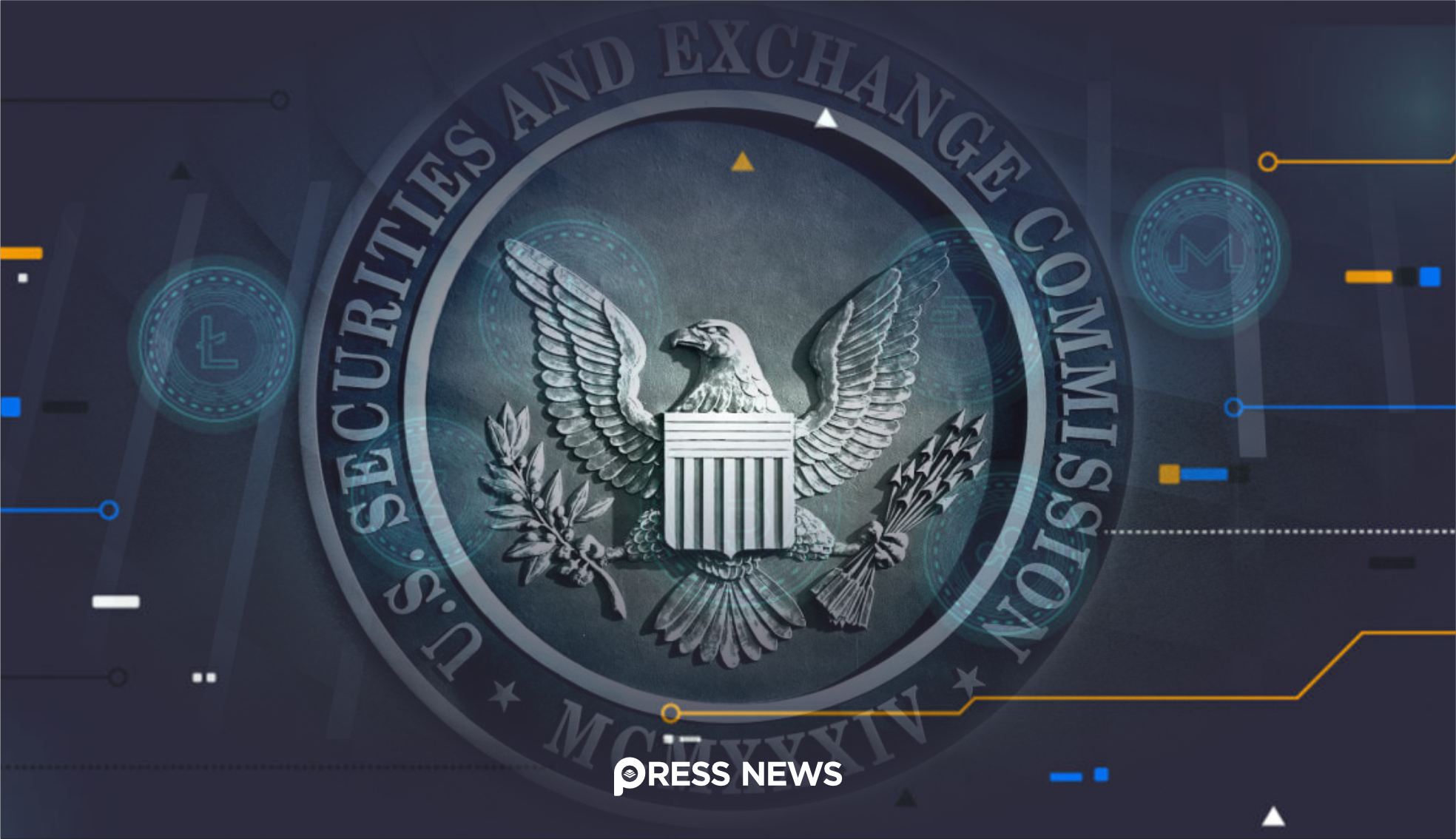Hedera Foundation Partners with The Binary Holdings to Onboard 169 Million+ Users
Over the past year, Washington has quietly become the epicenter of crypto policymaking—no small feat, given the industry’s global nature. Under President Donald Trump’s return to the White House, we’re seeing an unmistakable shift: crypto is now moving in lockstep with U.S. equities, powered by new regulations, institutional demand and even talk of a federal Bitcoin “rainy-day” fund.
“When Wall Street sees a seat at the table, money follows,” notes Sarah Kim, a macro strategist at HTX Ventures, in their latest policy report. “ETFs gave institutions confidence. Now, a Strategic Bitcoin Reserve could cement it.”
HTX Ventures Report (PDF)
A New Rhythm: Crypto & Stocks
Since late 2024, Bitcoin’s price swings have mirrored the S&P 500 more closely than ever before. As institutions piled into spot-Bitcoin ETFs—approved by the SEC in November 2024—both asset classes began to respond to Fed rate decisions, payrolls data and geopolitical events in tandem.
- CME Bitcoin futures open interest climbed from under $4 billion before ETF approvals to above $10 billion, even spiking past $20 billion on heavy arbitrage days.
(CME Group data, March 2025) - Volatility has fallen to multi-year lows, a sign that big players are using low-cost leverage to chase steady gains rather than rapid flips.
(Bloomberg, May 2025)
“This is institutional by design,” says Martin Greene, head of derivatives at a New York trading desk. “When your biggest client can buy Bitcoin in an IRA, they treat it like equities.”
Bloomberg Markets
Legalization & Dollarization: The Tailwinds
Trump’s team has leaned into two mega-themes:
- Legalization: Repealing SAB 121 (the SEC guidance that once discouraged banks from custodying crypto) has unlocked bank-led custody. Citibank and JPMorgan have both signaled pilot programs to hold client Bitcoin alongside dollars.
(SEC.gov | Home release, February 2025) - Dollarization: With the Fed’s balance sheet expanding, Bitcoin is being pitched as a digital gold alternative. In HTX’s view, talk of printing money to buy Bitcoin isn’t far-fetched—it mirrors how FDR built the U.S. gold reserve during the Great Depression.
“If history repeats, negative GDP prints could be ‘engineered’ so Treasury can justify stimulus—and a Bitcoin buyback,” HTX Ventures writes.
Strategic Bitcoin Reserve: A Game-Changer?
Beyond ETFs, the most eyebrow-raising proposal is a federal Strategic Bitcoin Reserve—a concept floated in budget talks this spring, but not yet budgeted. If enacted, it would:
- Allow the Treasury to purchase Bitcoin in downturns, stabilizing both crypto and broader markets.
- Signal to global investors that the U.S. stands behind digital assets as it once stood behind gold.
Critics warn this could centralize price risk: large spot fund outflows might cascade if reserves are unwound too quickly. Still, proponents argue it’s a natural evolution of the Federal Reserve’s dual mandate.
Stablecoins & FIT21: Building Clarity
On the stablecoin front, two parallel tracks matter:
- FIT21 (Financial Innovation & Technology Act of 2021) aims to split oversight:
- Highly decentralized tokens → CFTC
- More centralized ones → SEC
(Congress.gov, text of FIT21)
- The GENIUS Act proposes a full regulatory framework for dollar-backed coins, clearing the way for banks and payment networks to issue and custody them under Fed supervision.
“Clarity here is everything,” says Raj Patel, payments counsel at a major U.S. bank. “Without it, you can’t build enterprise-grade rails.”
What’s Next
While actual purchases for the Strategic Bitcoin Reserve haven’t kicked off, the legislative groundwork is in place. Stablecoin rules are also due for a floor vote this summer. For institutions—and for retail investors watching closely—it’s a green light to plan bigger bets on bitcoin and its stablecoin cousins.


 Press Labs Inc.
Press Labs Inc. 








